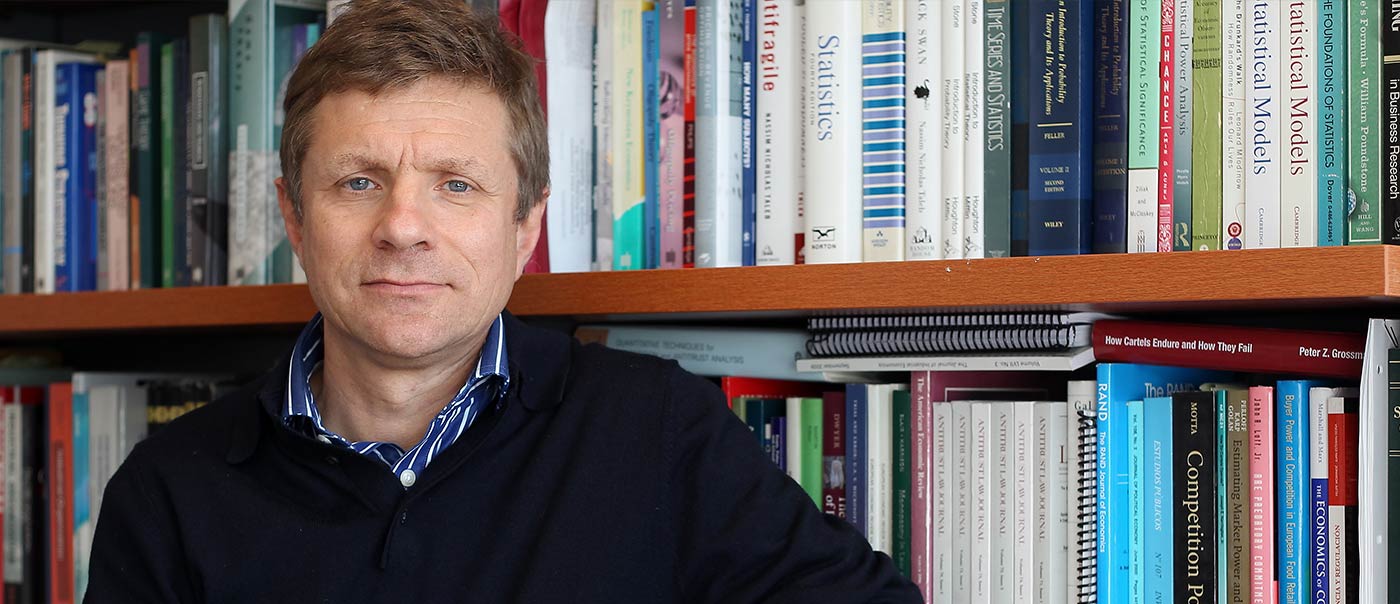The evidence reported in two empirical papers co-authored by the late Professor Galetovic, showing that all observable implications of the patent holdup theory are inconsistent with the data from the world mobile wireless industry, should have put an end to the debate about the relevance of patent holdup in the SEP context. Yet, it has not. This paper does not explain why that is the case, but it shows that the protracted debate about patent holdup mainly benefits those implementers who engage in patent holdout. As the Latin philosopher Seneca stated once “He has committed the crime who has derived the profit.” It is time to leave behind the debate about holdup and focus on holdout. The implications of patent holdout are not merely distributional, as it is likely to result in under-compensation of innovation, cause the dissipation of social surplus as it leads to excessive litigation, and lead to the exclusion of other implementers which act as willing licensees. Importantly, ex post court-mandated damages are unlikely to deter such a socially costly holdout strategy and compensate patent holders appropriately.
By Jorge Padilla[1]
I. PROFESSOR GALETOVIC AND THE SEP HOLD UP DEBATE
Professor Alexander Galetovic (1965-2022)[2] contributed decisively to one of the bitterest intellectual debates I have been involved as an economist; namely, the debate about the theoretical and empirical validity of the claim that owners of standard essential patents (“SEP
...THIS ARTICLE IS NOT AVAILABLE FOR IP ADDRESS 216.73.216.210
Please verify email or join us
to access premium content!

